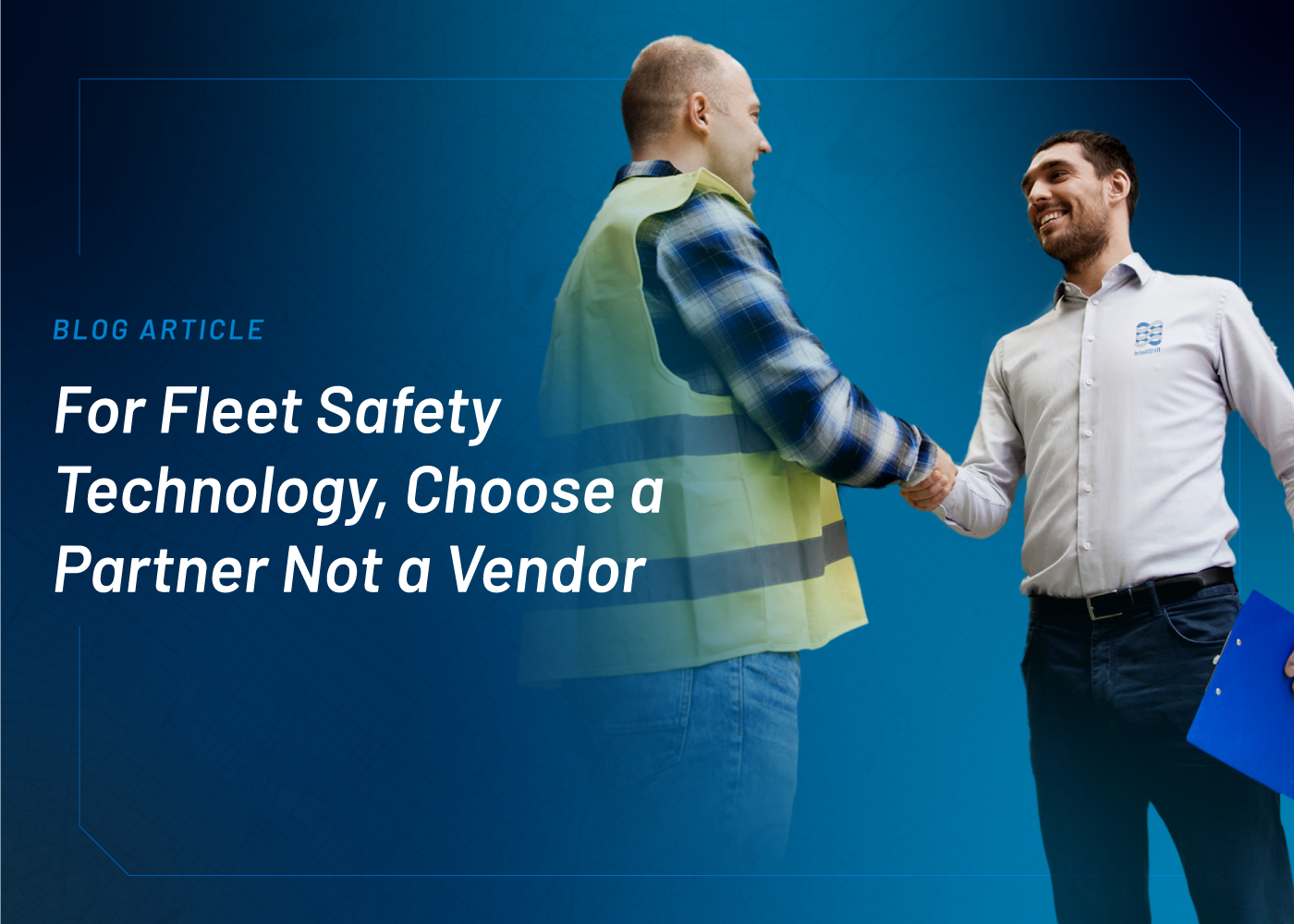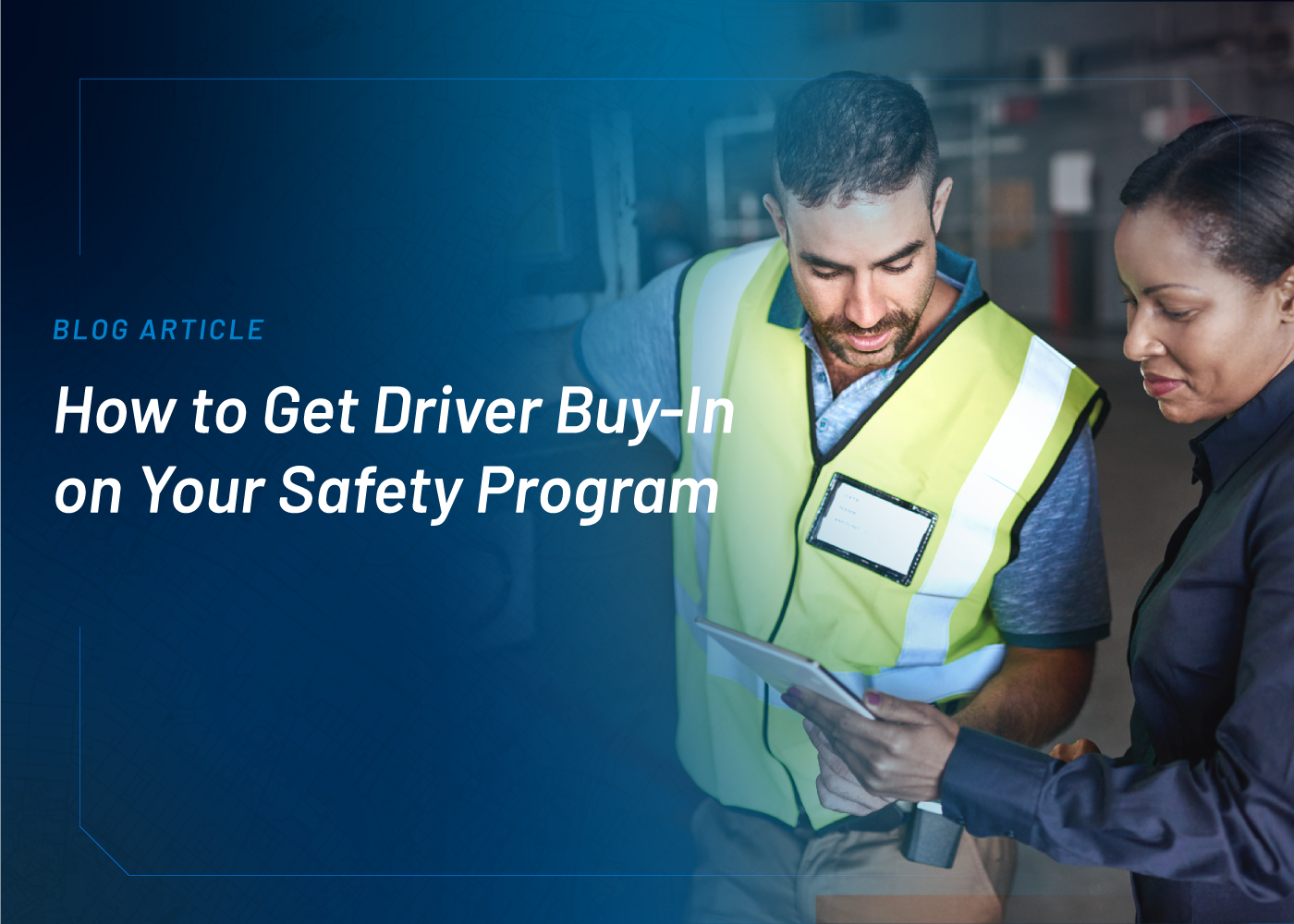Drivers are the most important assets for any fleet organization. Deploying an AI dash cams will enhance your safety program and lead to significant driver safety benefits. When it comes to the use of video, both union and non-union drivers will have questions and concerns around privacy, data and how the information is used. Use this post as a guide to a successful rollout that will satisfy even the most strict union concerns.
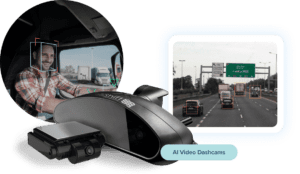
Review the Terms of Your Union Contract Before Creating Your Deployment Plan
A union contract may require that employers notify the union before they deploy new technology. Regardless, union contracts often have a Recognition Clause stating the employer recognizes the union as the sole and exclusive bargaining representative for members. If the introduction of technology has any effect on union employees, including any change in working conditions or environment, it is covered by this clause and subject to bargaining.
This does not mean the union can stop an organization from deploying new technology. However, the company must negotiate with the union on how and for what the technology will be used within the context of the impact it will have on workers.
Top 10 Tips for Working with Unions, Drivers and Operations Managers on AI Dash Cams
When implementing a safety program around IntelliShift’s AI dash cams, maintaining open lines of communication and transparency about the technology with all involved parties is key. Here are ten tips for working with unions as well as drivers and managers:
1. Keep in Mind, Safety is the Common Goal
Improving safety is a goal everyone can appreciate. Unions are in place to represent and protect their members. The main objective with an AI dash cam program is to keep drivers safe and is therefore perfectly in line with any union’s charter. Throughout the process, always come back to this common goal.
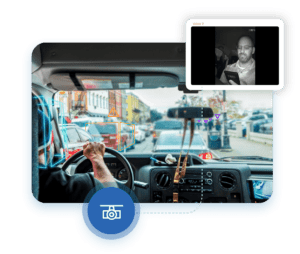
2. Proactively Engage with the Union
Carefully review the union contract for specific requirements around deploying technology. In general, it is best to engage with the union early on to demonstrate a willingness to negotiate and establish mutual trust and respect.
3. Present Dash Cam Safety Benefits and Industry Reported Data
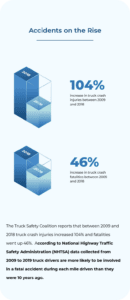 Illustrate how drivers are better off with AI dash camera safety system. Outline key benefits such as accident prevention, driver exoneration, protection against false claims and on-the-job coaching.
Illustrate how drivers are better off with AI dash camera safety system. Outline key benefits such as accident prevention, driver exoneration, protection against false claims and on-the-job coaching.
Reinforce the technology benefits with industry data on safety and commercial vehicle accident statistics.
4. Ask for Driver Input and Address Concerns Upfront
Once you establish a positive dialog with the union, involving drivers in the discussion increases the likelihood of a smooth process. Find out how they feel about an in-cab dash cam system. What questions do they have and what are their main concerns? Get feedback on proposed safety program policies.
Some common concerns include:
- Isn’t video monitoring an unnecessary invasion of privacy?
- Will the video and data be used to unfairly discipline drivers?
- Why are we not trusted to do our jobs? I don’t want to be watched all the time.
When answering questions and addressing concerns, always bring the discussion back around to the safety benefits and reported industry data points.
5. Be Transparent About How AI Dash Cams Work
Increase the comfort level of all parties by clearly demonstrate how the technology and program work.
Frequently asked questions include:
- Does it capture audio and store audio/video continuously?
- How much audio/video does it store, where and for how long?
- What tracking/monitoring features are active?
- How are alerts and notifications dispatched?
- What triggers audio/video for immediate uploading and review?
- Who has access to stored/uploaded content?
- How secure is the audio/video/data?
- How will in-cab coaching, ongoing training, rewards and ramifications work?
6. Set Driver and Management Expectations
 By being transparent about how the AI video dash cam technology works, you can set and meet both driver and manager expectations. Reinforce why you’re deploying the technology and what the safety benefits are. Address how the program delivers advantages for both drivers and managers.
By being transparent about how the AI video dash cam technology works, you can set and meet both driver and manager expectations. Reinforce why you’re deploying the technology and what the safety benefits are. Address how the program delivers advantages for both drivers and managers.
7. Build a Policy with Drivers in Mind
Draft safety program policies to be mutually beneficial based on driver input and concerns. Take recommendations from industry organizations, such as the Department of Transportation (DOT) or Truck Safety Coalition (TSC), into consideration, as well as any union requirements outlined in the contract.
8. Follow Policies and Procedures—Document Outcomes
Once you define the AI dash cam safety program, follow the specified policies and procedures. Deviating opens up holes for misinterpretation and mistrust. Document results to demonstrate how the program is working and where you can make improvements.
9. Coach and Reward for a Positive Ongoing Experience
Driver comfort levels will continue to increase when you keep the experience with the AI Dash Cams positive. You can use gamification with Driver Scorecards to reward good driving behavior and illustrate how safe driving can be rewarding. Use the video captured to coach drivers, rather than punish them, and train new drivers on common issues and incidents ahead of hitting the road.
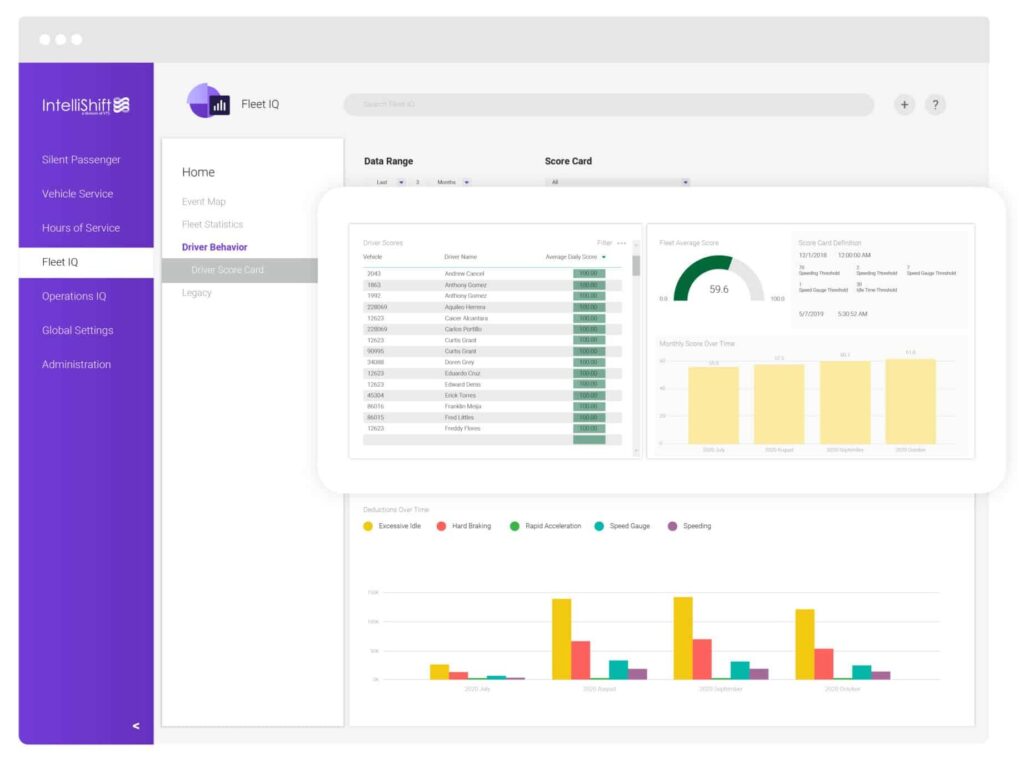
10. Keep the Union Informed Along the Way
Don’t stop interactions with the union at bargaining. Inform them of driver feedback, mutually beneficial policies and improvements realized through the AI video safety program. Open communications with the union all along the way will help ensure as smooth a rollout as possible and ongoing positive relations.
Safety Always Wins
Throughout the process lead with the safety benefits of deploying IntelliShift’s AI dash cam solution, such as accident prevention, driver exoneration, protection against false claims and on-the-job coaching. Keeping lines of communication open, maintaining transparency and always coming back to safety as the main objective provides for a positive playing field and productive conversations.
To learn more about the benefits of having AI dash cameras as part of your safety program, request a demo today.

